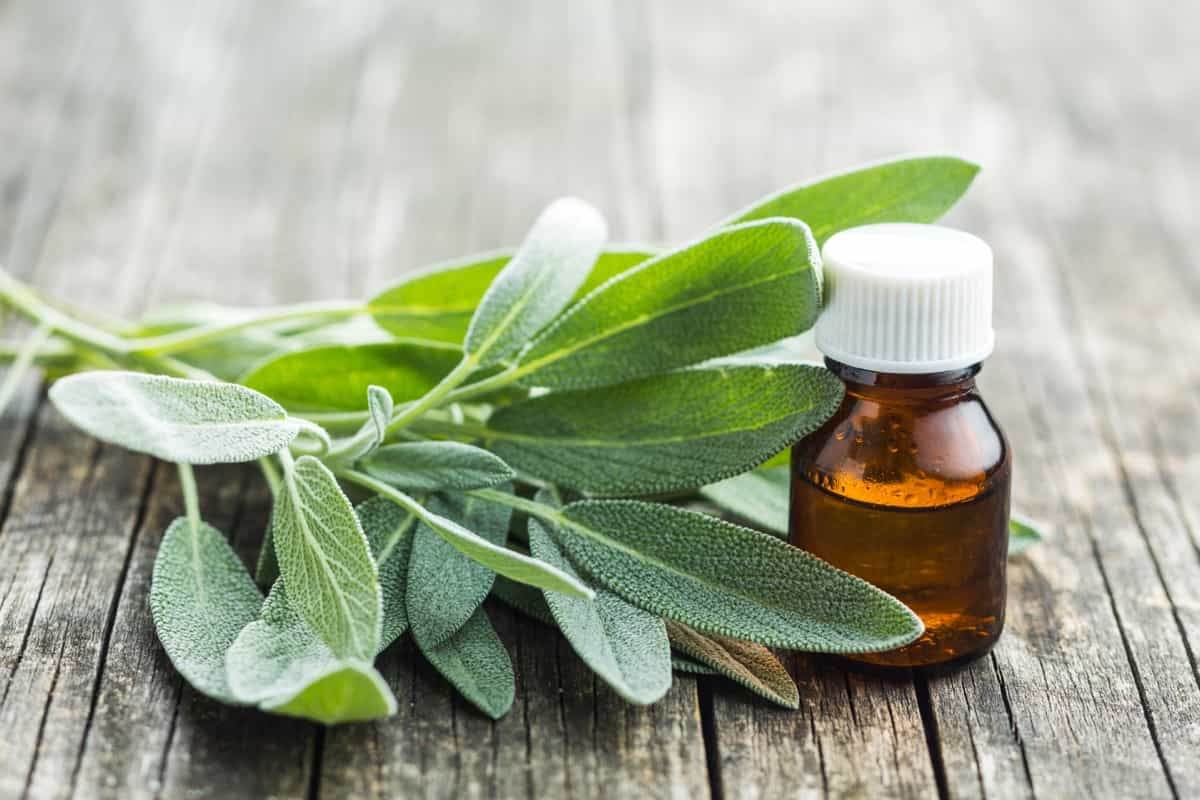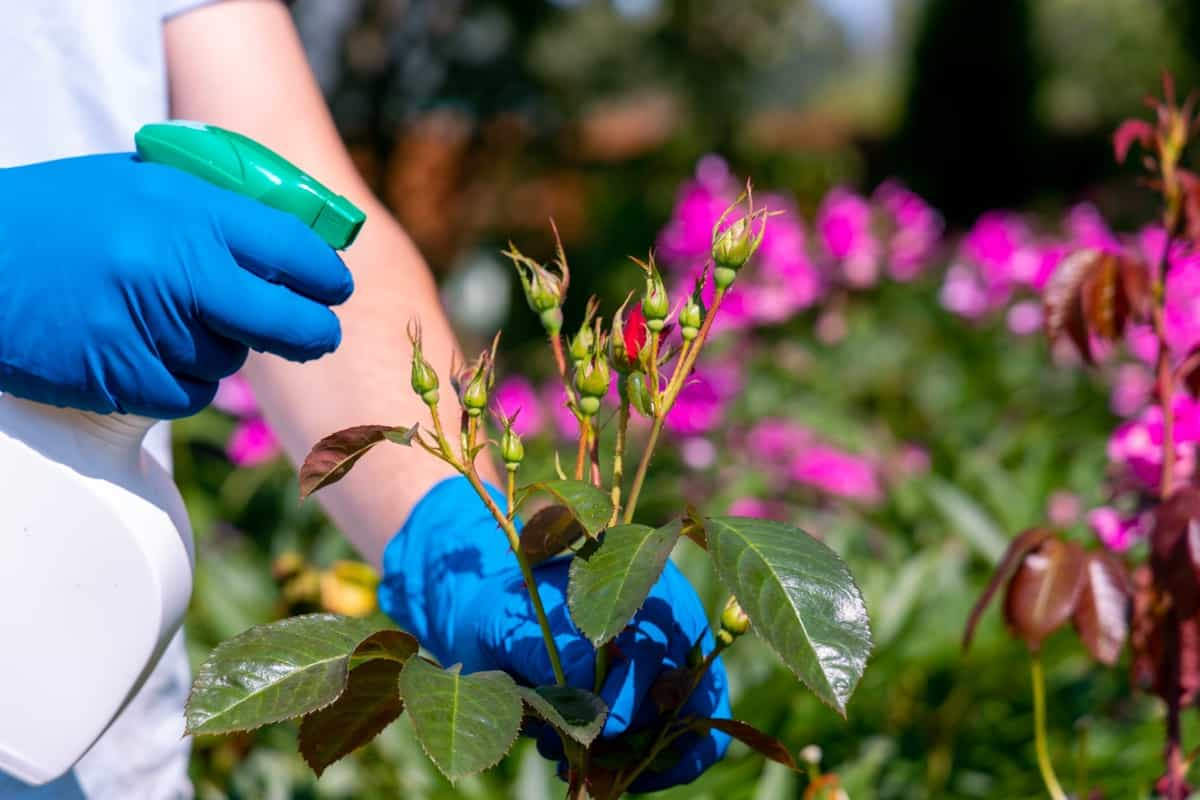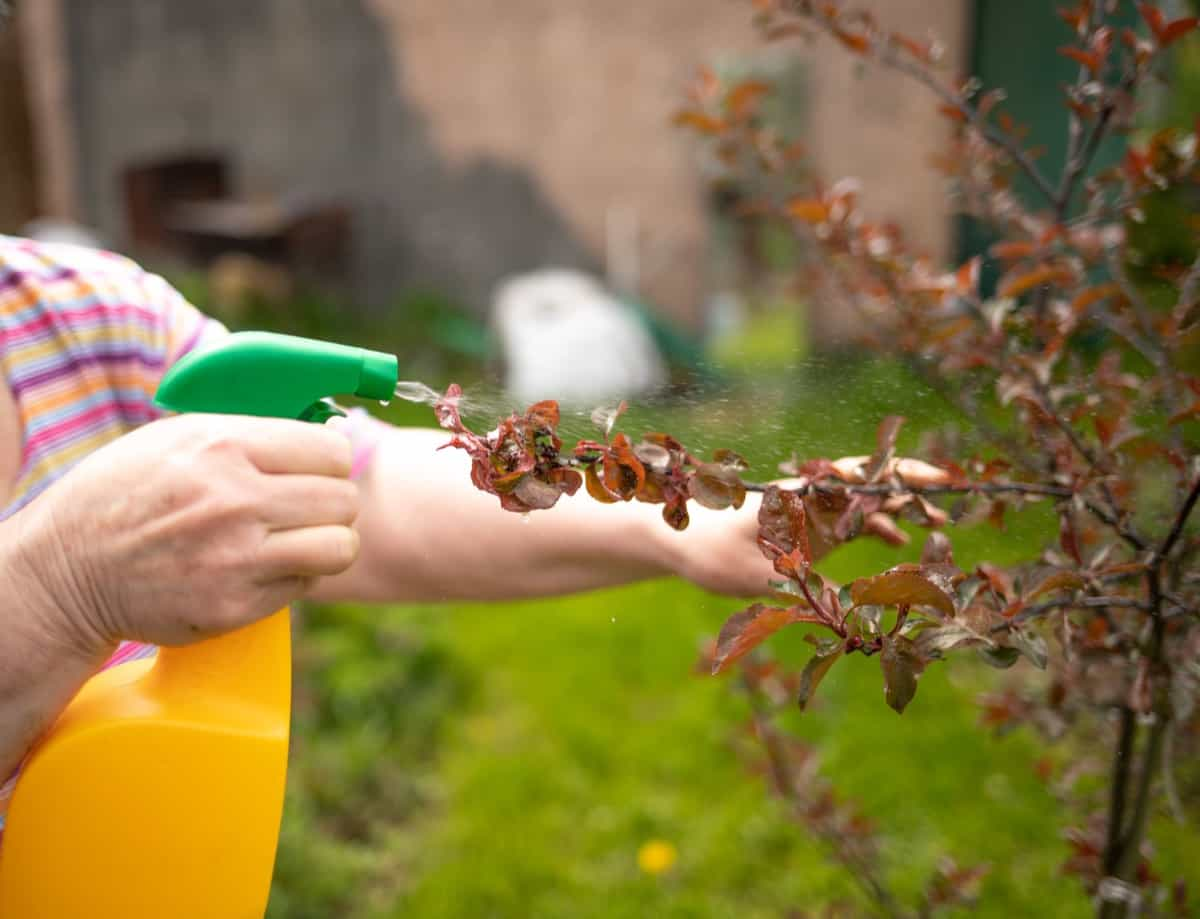Everyone who loves gardening knows how frustrating dealing with pests and diseases affecting their beloved plants can be. As you gaze upon those chewed leaves and see insects buzzing about, you might feel helpless, wondering how to stop insects from eating plant leaves naturally.

You may be looking for a homemade spray to keep bugs off plants or perhaps a natural bug repellent for plants vinegar based. The good news is there’s a natural pesticide for plants that you can easily whip up at home. It’s none other than the Sage Spray. Here we learn about this natural and organic remedy, which has been regarded as one of the best pesticides for plants at home.
Homemade Sage Spray for Pests
What is Sage Spray?
Sage Spray is a homemade, natural insecticide perfect for home garden use. It’s an effective, eco-friendly solution against common pests and diseases that often plague your plants. The primary ingredient of this spray is sage, an herb renowned for its strong aroma and medicinal properties. It works as a great deterrent against various insects, thus acting as a shield for your plants. You don’t have to worry about harmful chemicals because they are completely organic and safe for your plants and the environment.
What Are the Ingredients Needed to Make Sage Spray?
The beauty of Sage Spray lies in its simplicity. It only requires a few readily available ingredients: fresh sage leaves, water, and, optionally, a bit of vinegar. The fresh sage leaves are the main component. You should ensure they are clean and free from any pests. Water is used to dilute the mixture and also aids in the application process. Vinegar, although optional, can act as an additional deterrent for pests, enhancing the overall effectiveness of the Sage Spray.
Recipe/Prepare Sage Spray at Home
Making Sage Spray at home is an easy and simple process. Start by placing a handful of fresh sage leaves in a pot. Place two cups of water in the pot and heat it until boiling. Allow the mixture to simmer for about 30 minutes to allow the sage to infuse into the water. Remove the pot from the heat and let it cool. Once cooled, strain the liquid to remove the sage leaves and pour the sage-infused water into a spray bottle. If you opt to use vinegar, add one tablespoon to the mixture. Your homemade spray to keep bugs off plants is ready to use!
How Does Sage Spray Work?
Sage Spray works in two significant ways: it repels pests and strengthens the plants’ natural defenses. The strong aroma of sage is an effective deterrent for many insects. When the spray is applied to the plants, it forms a barrier that most pests find disagreeable. Therefore, they tend to avoid those plants. Furthermore, Sage Spray can also boost the immune system of your plants. The organic compounds found in sage help plants become more resistant to diseases, reducing the chance of infection.
What Pests and Diseases Can Sage Spray Control?
The Sage Spray is effective against a variety of common pests and diseases. It’s excellent at keeping bugs like aphids, beetles, and caterpillars off your plants. It can also repel larger pests like rabbits and deer. In terms of disease control, Sage Spray can help prevent the onset of mildews, molds, and fungi, keeping your plants healthy and robust.
How to Store Sage Spray?
The best way to store your Sage Spray is in a cool, dark place. Remember to always keep it in a sealed container or a spray bottle with a cap to ensure its efficacy. It’s also advisable to use it within a week of making it, as fresh Sage Spray will give you the best results.
In case you missed it: How to Grow and Care for Sago Palm: A Comprehensive Guide for Beginners

How Often Should You Use Sage Spray for Your Plants
It’s best to apply Sage Spray to your plants about once a week for optimal results. However, you may need to apply it more frequently during heavy infestations, perhaps every three or four days. Regular application is key to ensuring your plants remain protected and pest-free.
Best Time to Apply and How Much Sage Spray Should You Use For Your Garden Plants
The best time to apply Sage Spray is early morning or late evening when the sun isn’t at its peak. This prevents the Sage Spray from evaporating quickly and ensures the plants have ample time to absorb the solution. As for the quantity, a light misting that covers the plant’s surface, including the underside of the leaves, should suffice. Be careful not to overdo it, though, as an excessive amount may harm the plant.
How Long Does It Take for Sage Spray to Work for Your Plants?
The effects of Sage Spray can usually be seen within a few days of the first application. However, seeing significant improvements for more severe infestations or diseases might take a week or two. Consistency and patience are key when dealing with plant pests and diseases.
Benefits of Plants of Using Sage Spray in the Home Garden
One of the greatest benefits of using Sage Spray in your home garden is its natural and organic nature. Unlike synthetic pesticides, it poses no risk to your plants, the soil, or the environment. It provides an effective yet gentle means of combating pests and diseases, ensuring your garden remains healthy and vibrant. Additionally, it boosts the overall immune system of your plants, enabling them to resist diseases better.
Safety Precautions When Using Sage Spray
Even though Sage Spray is a natural pesticide, handling it with care is important. Always wash your hands thoroughly after use, and avoid getting it in your eyes or mouth. If you have pets or small children, keep them out of their reach. When applying Sage Spray, try not to inhale it directly. It’s always a good practice to wear gloves and a mask during application for extra protection.
Reapplication of Sage Spray after Rain or Watering
It’s crucial to note that Sage Spray, like other natural insecticides, can be easily washed off by rain or watering. If it rains or you water your plants, the effectiveness of the Sage Spray can diminish significantly. Hence, after any substantial rainfall or post watering your plants, it’s recommended to reapply the Sage Spray to ensure continued protection. This will maintain the deterrent effect and keep the pests from returning to your plants, ensuring a healthy, thriving garden.
In case you missed it: How to Grow Sage from Cuttings: Planting Explained in Simple Steps

Conclusion
Sage Spray is an excellent natural insecticide for home use. It is an eco-friendly, effective solution against common plant pests and diseases. So next time you notice pests buzzing around your plants or your plants start showing signs of diseases, reach for your homemade Sage Spray and give them the natural protection they deserve.
- Feed Your Flock for Less: Top 10 Tips to Save on Chicken Feed
- Ultimate Guide to Ossabaw Island Hog: Breeding, Raising, Diet, and Care
- Hatching Answers: The Top 10 Reasons Your Chickens Aren’t Laying Eggs
- Eggs and Economics: Breaking Down the Cost of Raising Backyard Chickens
- Defend Your Greens: Proven Methods to Keep Iguanas Out of Your Garden
- Ultimate Guide to Cinnamon Queen Chicken: A Comprehensive Guide for Beginners
- Ultimate Guide to California Tan Chicken: Breeding, Raising, Diet, Egg-Production and Care
- Ultimate Guide to Marsh Daisy Chicken: Breeding, Raising, Diet, and Care
- 10 Types of Chicken Farming Businesses You Can Start for Profits